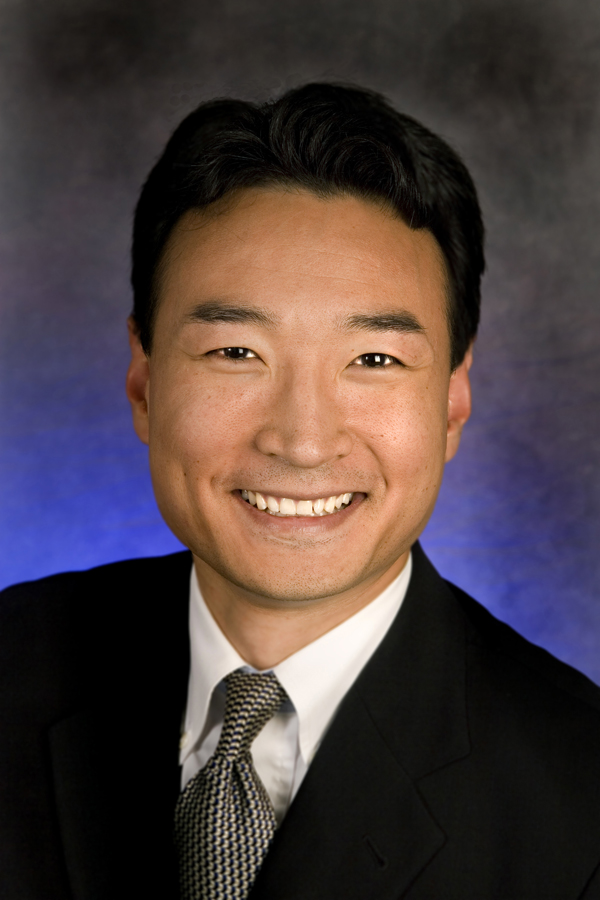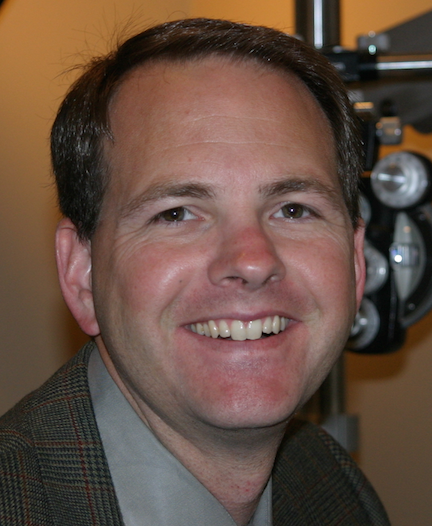Three eye surgeons discuss the biggest opportunities for ophthalmologists and ophthalmology-driven eye centers in 2015, challenges facing the industry and the latest regulatory changes.
Question: What are some of the most exciting opportunities for eye center surgeon owners in 2015?
Shane Kim, MD, Ophthalmologist, EyeHealth Northwest (Portland, Ore.): In short, the baby boomers are coming! For the next 20 years, over three million baby boomers each year will be eligible for entry into the Medicare system. That along with the over seven million people who obtained insurance through the Medicaid system under Obamacare means that we will have no shortage of patients who will seek our care.
Furthermore, under the Balanced Budget Act of 1997, the number of doctors trained in U.S. residency programs was capped. As a result of the confluence of all these factors, many eye doctors in the country will see their practices growing and the number of patients seeking out cataract surgery will only increase each year. I think as owners of efficiently run eye surgical centers, we will be well positioned to provide access to excellent eye surgery at a much lower cost than care in a traditional hospital setting.
 Donald Keller, MD, Ophthalmologist, Boulder (Colo.) Eye Surgeons: The most exciting opportunities for ophthalmologists invested in surgery centers is the explosion of technology at our disposal. We have had premium lenses for several years, but now we are moving into a new realm of laser-assisted cataract surgery with femtosecond technology instruments to plan and deliver more precise surgical outcomes. This technology is finally financially feasible for many small-to moderate-sized facilities. The cost of these instruments has been significantly reduced over the last several years and the market has demanded that the companies that produce them be more flexible in their approach to physician location and utilization.
Donald Keller, MD, Ophthalmologist, Boulder (Colo.) Eye Surgeons: The most exciting opportunities for ophthalmologists invested in surgery centers is the explosion of technology at our disposal. We have had premium lenses for several years, but now we are moving into a new realm of laser-assisted cataract surgery with femtosecond technology instruments to plan and deliver more precise surgical outcomes. This technology is finally financially feasible for many small-to moderate-sized facilities. The cost of these instruments has been significantly reduced over the last several years and the market has demanded that the companies that produce them be more flexible in their approach to physician location and utilization.
Michel Gelinas, MD, Ophthalmologist, Eye Care & Eye Wear Associates (Woodruff, Wis.): I think many of the new technologies are exciting. For example, use of the femtosecond technology in laser-assisted cataract surgery and toric and multifocal lens implants. Lately, I've also been excited about the use of an injection of antibiotic and steroids intravitreally so that patients don't have to use drops after surgery.
Q: What are some of the most pressing issues or challenges facing eye surgeons in the coming year?
SK: The biggest challenge for all doctors is determining how to deliver high-quality care at a lower cost to the health system. For years, ambulatory surgical centers have been holding down healthcare costs for outpatient surgeries while delivering top-notch care. On average ASC reimbursement rates are 58 percent of what a hospital outpatient department receives for the same procedure. Within the Medicare system alone, ASCs save taxpayers $2.6 billion a year. The challenge for eye surgeons is to continue to educate insurance companies, regulatory bodies and the public about the cost saving benefits of ASCs.
DK: Ophthalmologists and the ASCs they work with need to develop creative and cooperative approaches to new technologies, lowering the cost for the centers, physicians and patients. In the past, ophthalmologists have had a reputation for being very competitive. With the expense of these newer technologies, a cooperative approach will be necessary for long-term success.
MG: Insurance reimbursement and insurance contracting are significant potential headaches. We have to continue to work locally and nationally so that everyone can understand the benefits of eye surgery and what we are accomplishing in the field. We need to talk to leaders and politicians in Washington about the benefits.
Q: What regulatory changes will affect eye surgeons and centers the most in the coming year?
SK: On Oct. 31, CMS issued the calendar year 2015 Hospital Outpatient Prospective Payment System and Ambulatory Surgical Center Payment System Policy Changes and Payment Rates final rule. For ophthalmology, this is expected to produce a 1 percent decrease in reimbursement for cataract surgery codes 66984 and 66982. However, there is a 3 percent increase in reimbursement for after cataract surgery laser code 66821.
In 2015, Medicare-certified facilities will be required to report data on 10 quality measures as opposed to five in 2014, largely focused on patient safety. However, as a result of advocacy efforts by multiple ophthalmology groups, ASC quality measure 11, "Cataracts — Improvement in Patient's Visual Function Within 90 Days Following Cataract Surgery," was changed from required to voluntary reporting. It is largely held that the responsibility for gathering this quality data should be with our physician practices and not the ASC.
DK: The Patient Protection and Affordable Care Act has caused an explosion of patients eligible for the Medicaid program. Unfortunately, the legislation failed to address the unacceptably low reimbursement rates to physicians and ASCs. We have already seen significant increases in the number of Medicaid procedures being performed in 2014 and 2015. Physicians and ASCs will need to monitor these numbers closely to ensure that we are meeting the demands of our local communities, but not putting ASCs at risk of insolvency.
MG: Increased reporting requirements such as PQRS and MU. These don't enhance patient care, but they do enhance the amount of time it takes to file documents to satisfy governmental regulatory agencies. I do not see an upside for patient care, all I see is the work.
Q: What are some ways in which eye surgeons can grow their practices in 2015?
SK: I believe that eye doctors should embrace the opportunity to get involved with coordinated care organizations that are being formed in their communities. We can work closely with other physicians to shape new ways of providing high-quality care to our patients, while at the same time looking for ways to practice more efficiently to save healthcare dollars. It is important to send a message that as eye surgeons we are interested in partnering with other doctors in the move toward alternative payment models. This will foster more trust and cooperation with other healthcare providers. In turn, that will lead to more referrals and more growth in an eye practice.
DK: I continue to be a strong advocate for the golden rule — treat all of your patients as you would a close friend or relative and your practice will grow. It also helps to communicate quickly and reliably with all of your referring physicians.
MG: Provide excellent eye quality care and make sure that patient experience is a very positive one. We try to get feedback from our patients and address their issues. Happy patients make more patients. I had a patient who had a positive experience with me and decided to come back for an orthopedic procedure with another doctor in our facility. Happy patients also refer all their friends.
Q: What are some key trends in ophthalmology technology adoption among eye surgeons?
SK: In ophthalmology, the biggest recent technologic advance was the introduction of the femtosecond laser-assisted cataract surgery. With new laser technology, we are able to use a femtosecond laser to make incisions and to perform other important parts of the cataract surgery with more precision. In the future, the use of nanotechnology to make eye drop medications more effective is exciting. This technology can allow the elimination of postoperative eye drops after intraocular surgery. Also, the light adjustable intraocular lens can revolutionize the customization we can provide patients in enhancing their postoperative visual outcomes.
DK: We are starting to see greater adoption in laser-assisted cataract surgery with femtosecond technology.
MG: One trend is the focus on the refractive results of the surgery. Good refractive results mean that a patient's need for glasses after surgery decreases and patients like this.
More articles on ophthalmology:
What are the most common specialties? Urban vs. rural ASCs
New Mexico Laser Eye Center to open this spring
Dr. Roy Geronemus: Dr. Jessica J. Krant joins Laser and Skin Surgery Center of New York

